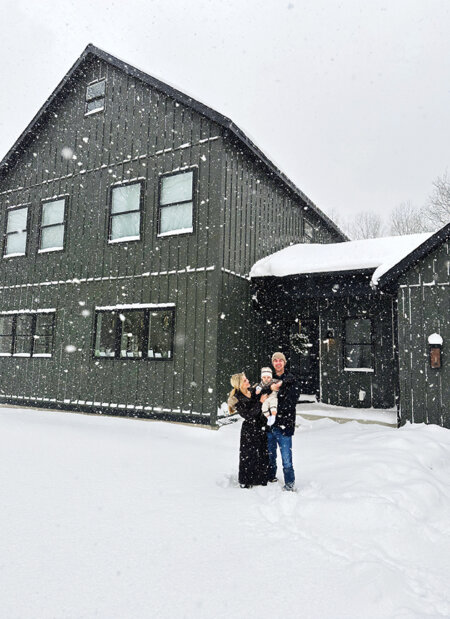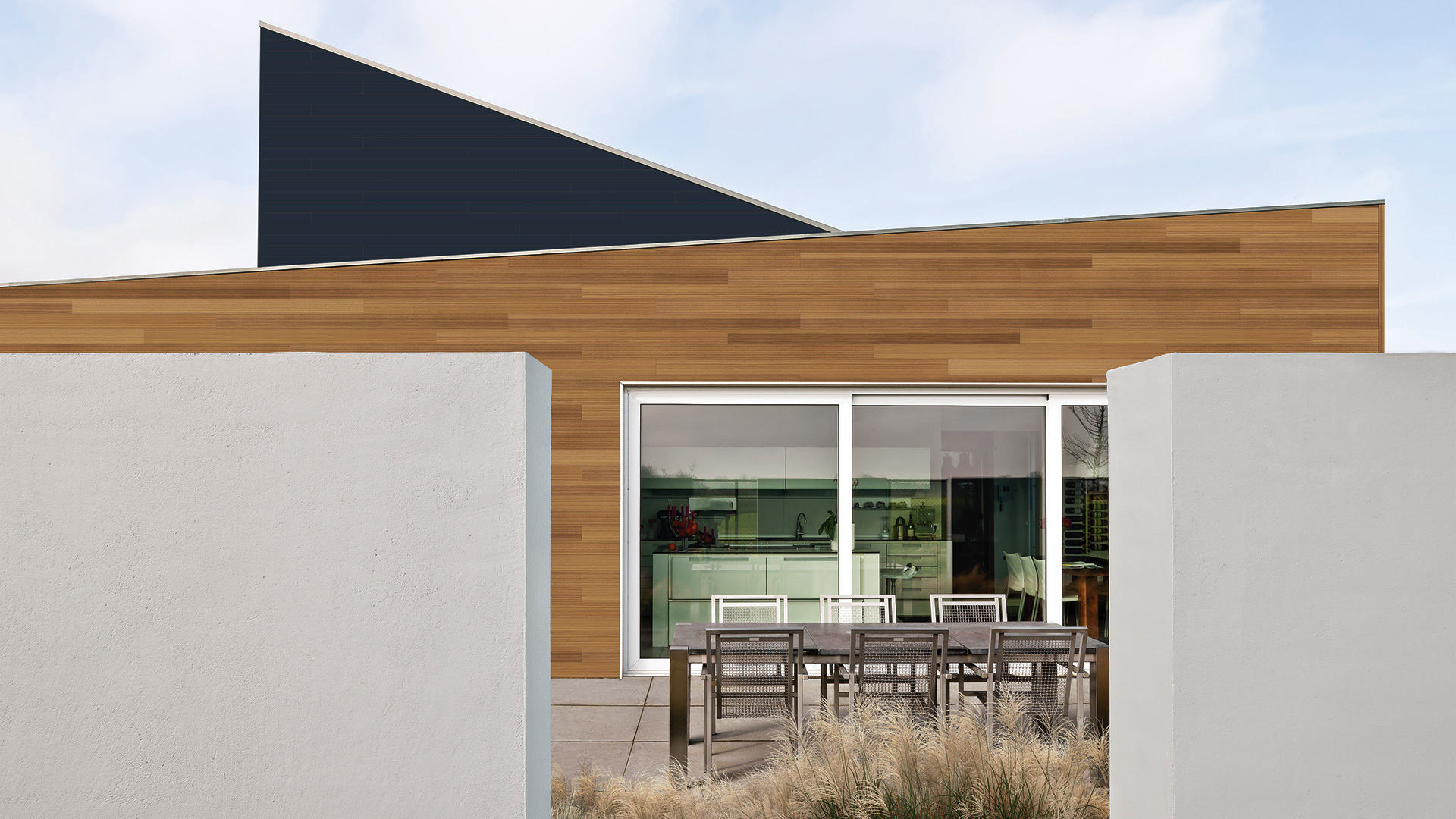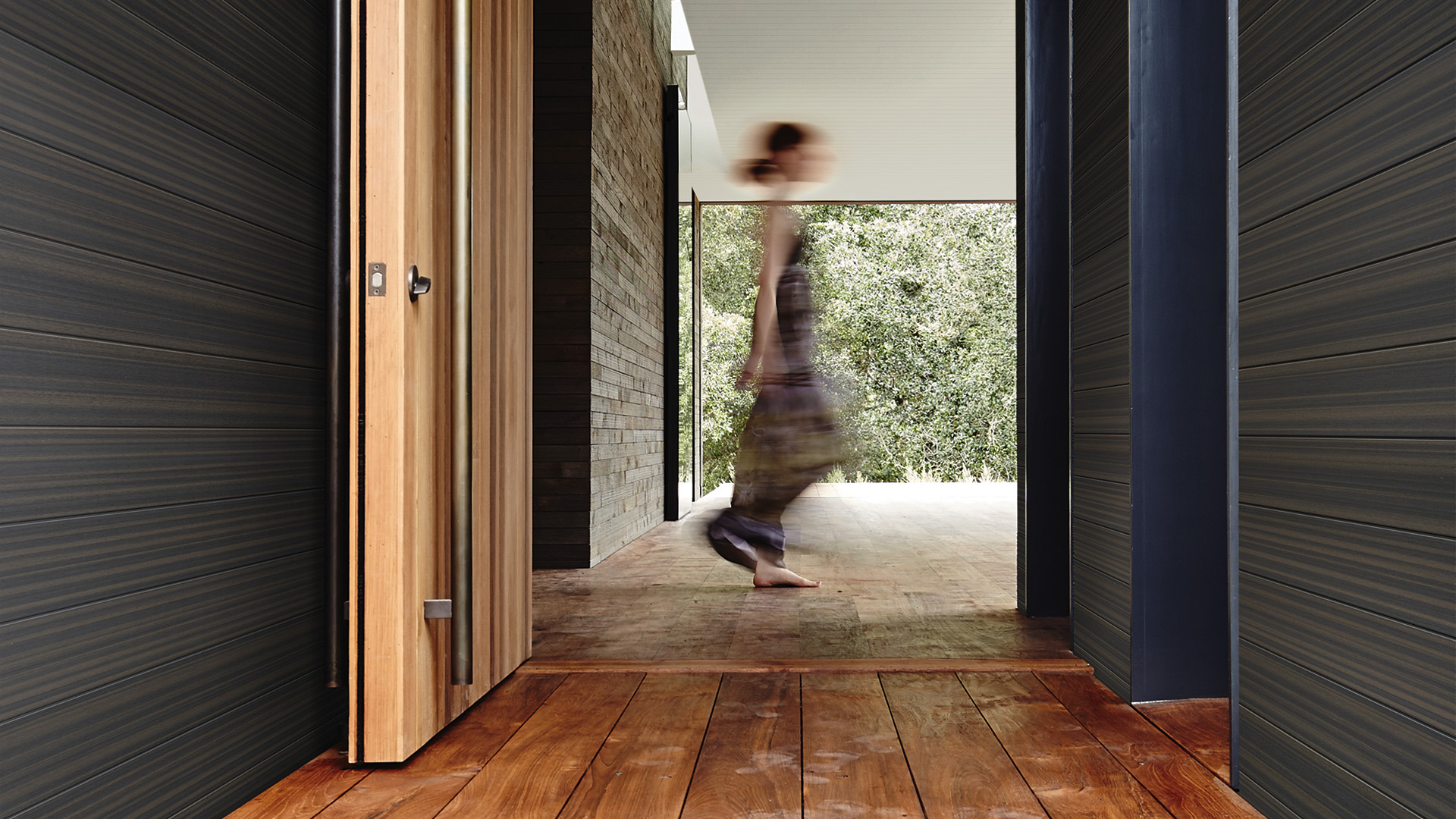Conversations around sustainability are often focused solely on what happens to materials at the end of their useful life. But a just-as-vital side of sustainability is longevity—materials that don’t expire for years, decades, or even centuries.
We’ve all passed someone’s house and seen a large dumpster taking up half the driveway, filled to the brim with waste. Whether it’s a new home construction or roof contractor tearing off shingles, building materials can easily fill one or more of those dumpsters. In fact, according to many organizational estimates, 40% of what goes into landfills today are construction materials, estimated to be 2.5 billion tons by 2025.
It makes you wonder… how should we be thinking about sustainable building products? Let’s look at three key components:
- First, what type of materials are used in the creation of the product?
- Second, how long can the product last?
- And third, what can you do with the product once you’re done?
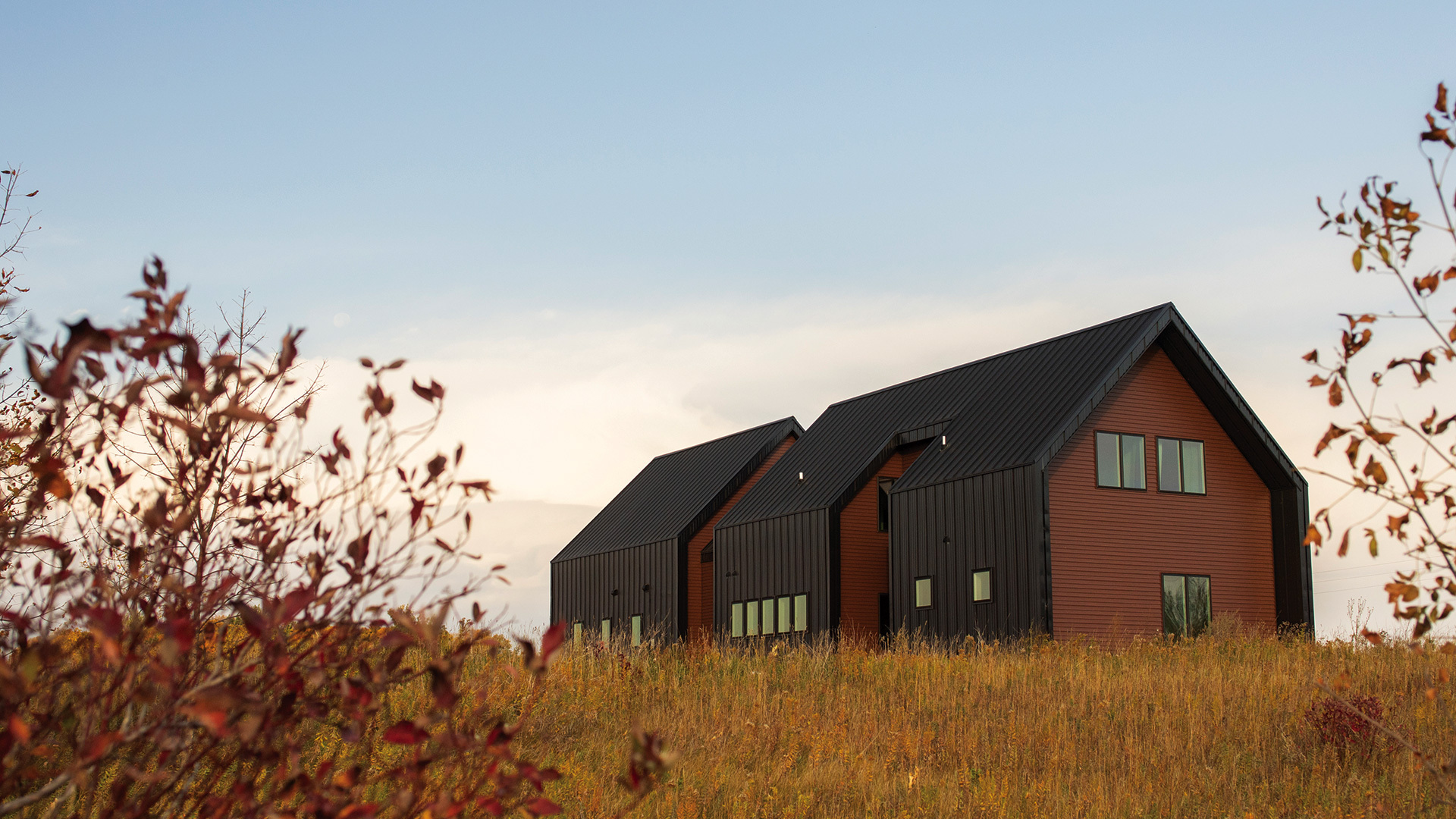
Beginning With Better Materials
Between metal, plastic, wood, stone and concrete, homeowners have no shortage of materials to choose from. Yet not all materials are treated equally. When it comes to trim like roof flashings or soffit, aluminum has the best sustainability story to tell.

Good as Gold
By turning aluminum cans into building products, aluminum trim or soffit can contain 85–90% recycled content, including soda cans. Other material options may contain a percentage of recycled content, but none reach the degree of aluminum. Aluminum can be remelted and reused without impacting the material and its properties and can be recycled repeatedly. Maybe that’s why aluminum was more valuable than gold at one time in history.
Sustainability isn’t just about what happens to materials at the end of their useful life, but also about durability and longevity.
The Durability Decision
In recent years, shingles have escalated from 10, to 20, to 30-year warranties, which means the flashings and trim that protect the home from water need to hold up even longer. Flashings come in steel and aluminum, both tested to last a lifetime equivalent or approximately 40–50 years.
What about siding?
There are multiple options for siding, including vinyl, fiber cement, wood composites, steel, aluminum, real wood or brick. Each have upsides and downsides, but steel is unbeatable when it comes to the math between lifetime value and erosion of performance.
While non-steel solutions may technically hold up, they require maintenance or fade over time. And depending on temperatures, they can also expand and contract. Steel siding—fortified with a high-performance paint coating—can offer a lifetime warranty that lasts for 50+ years. And in some cases, like with Vesta Steel Siding® from Quality Edge, the warranty can even transfer to secondary homeowners.
Also important to keep in mind: Sustainability isn’t just about the siding itself. A durable building material reduces all the energy and elements required to sell a new product—including manufacturing, packaging, energy, consumption and even paper labels. This creates a downstream advantage for products that don’t need to be replaced.
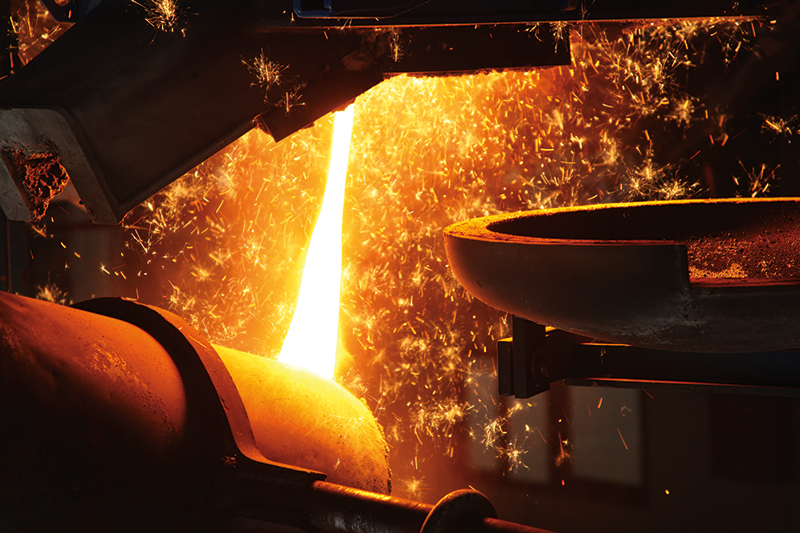
Recycled aluminum saves 95% of the energy required to make new aluminum
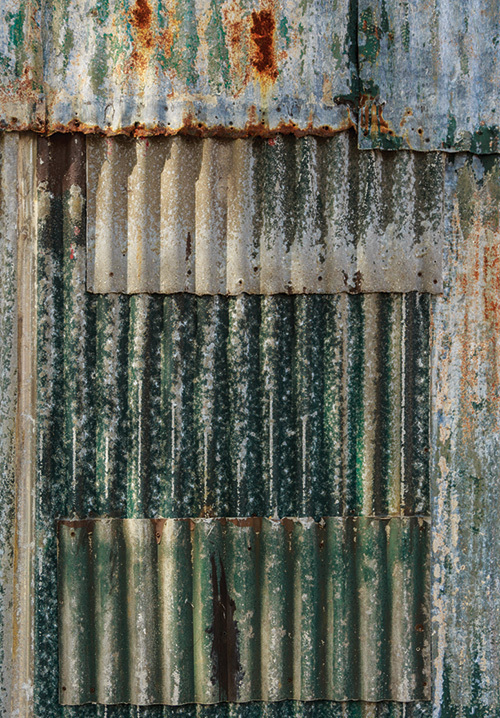
65% of America’s aluminum is recycled
The Product Afterlife
After their useful life, many building products head straight for a landfill, mainly because builders and contractors have limited recycling for products that aren’t paper or metal. Experts estimate that 30% of all building materials delivered to a site end up in the dumpster, but specifically identify metal as being cost-effective to recycle.
With metal recycling stations located in every region of the country, many builders and contractors are starting to shift their thinking around material usage—especially knowing that steel or aluminum can be recycled easily, and that they can collect reimbursement depending on the current market metal costs.

30% of all building materials delivered to a site end up in the dumpster
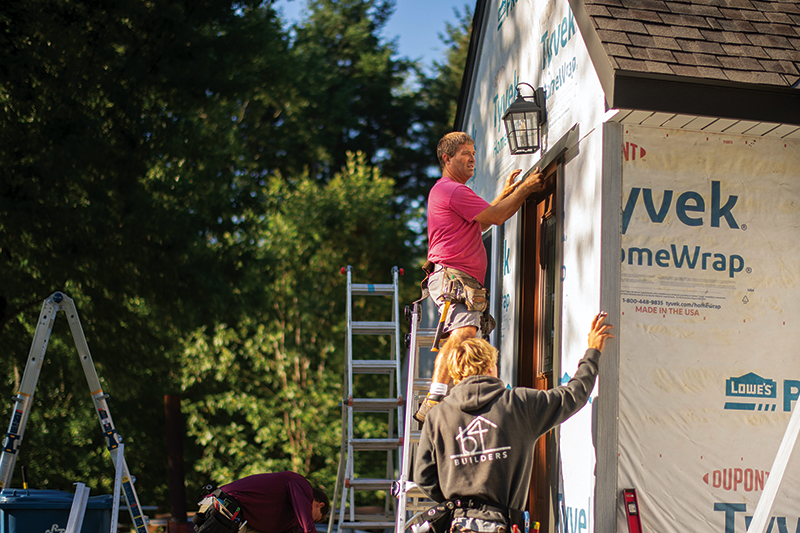
Ready for Recycling
Aluminum is one of the most recycled materials on earth with an efficiency rate of 76%. Despite aluminum being recyclable, Live Science states that only around 55% of aluminum cans make it into the recycling bin each year.
40% of what goes into landfills today are construction materials, estimated to be 2.5 billion tons by 2025.
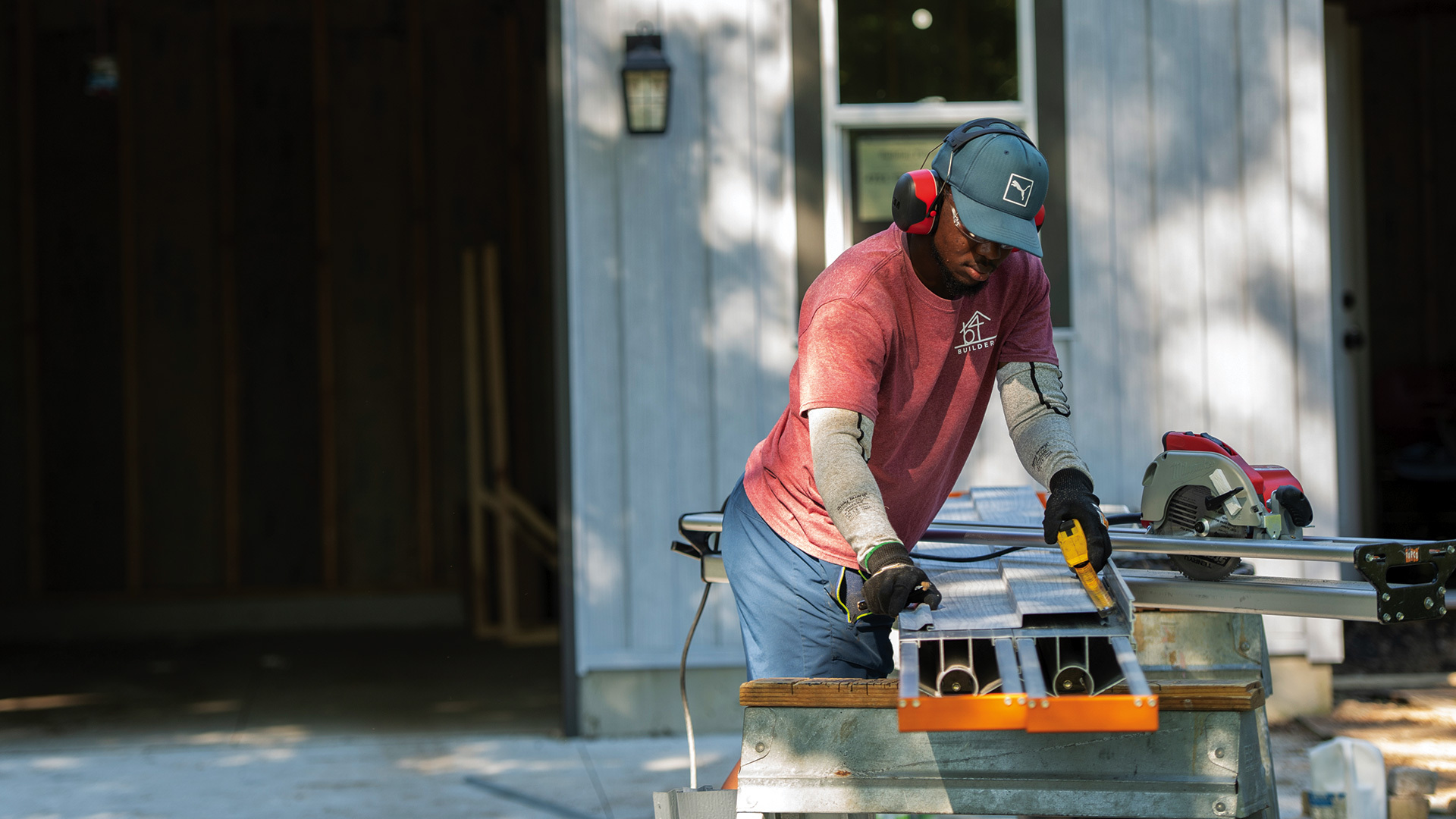
A Material Mind Shift
When roofs get replaced, siding gets upgraded or gutters get a new look, it has an impact. It’s why more and more homeowners and contractors are shying away from cheaper materials and focusing on options that not only offer a long life with a high degree of recycled content, but also plan for what happens in the future.
With homeowners spending an average of 12 years in their home—much longer compared to previous years—a decision like what siding to choose has never been more important.
In the end, sustainability isn’t just about what happens to materials at the end of their useful life or solely about durability and longevity. If we want to live in a world with less waste, it has to be about both.
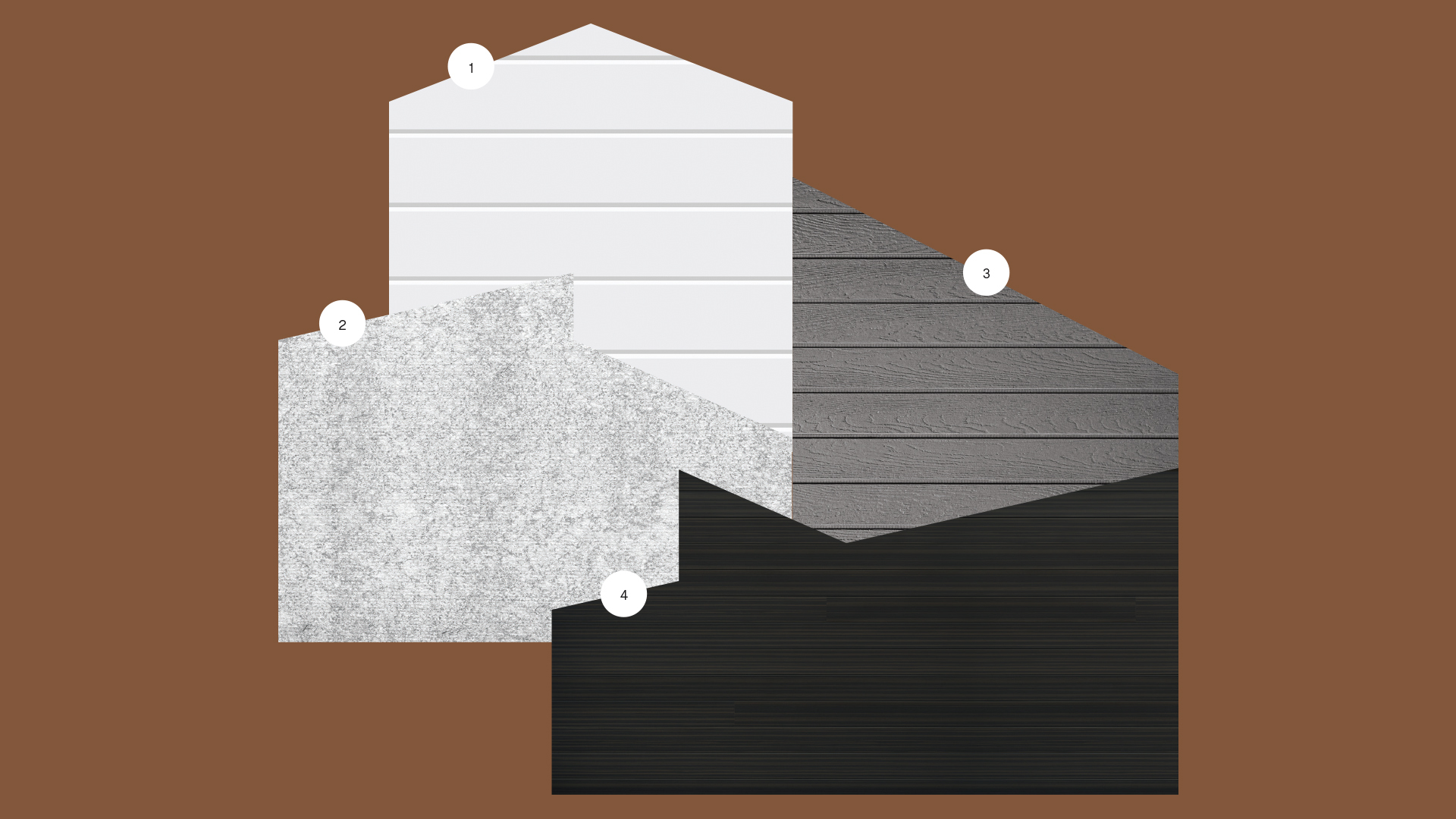
Which Material Will You Side With?

1. Vinyl Siding
- Warranties are typically 50 years, but often only include 20-year fade protection
- Prone to cracking in extremely cold weather requiring repairs and upkeep
- Likely to dent and replacement of individual panels are often not possible

2. Fiber Cement
- Warranties are typically 30 years with the option for extensions
- Prone to moisture and water damage if not installed or flashed correctly
- Requires repainting and re-caulking every 10–12 years
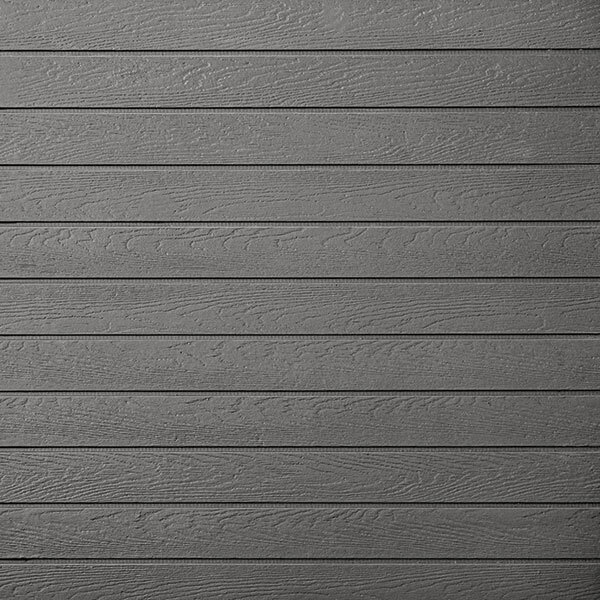
3. Wood Composite
- Warranties average 25–30 years, fade protection varies
- Prone to moisture and water damage if not installed or flashed correctly
- Requires repainting and upkeep to maintain the color

4. Steel Siding
- Warranties are 50+ years with the option to transfer, some include chalk and fade protection
- Does not require a water backer or protection from moisture to maintain its performance
- Not recommended for installations within a mile of salt water

